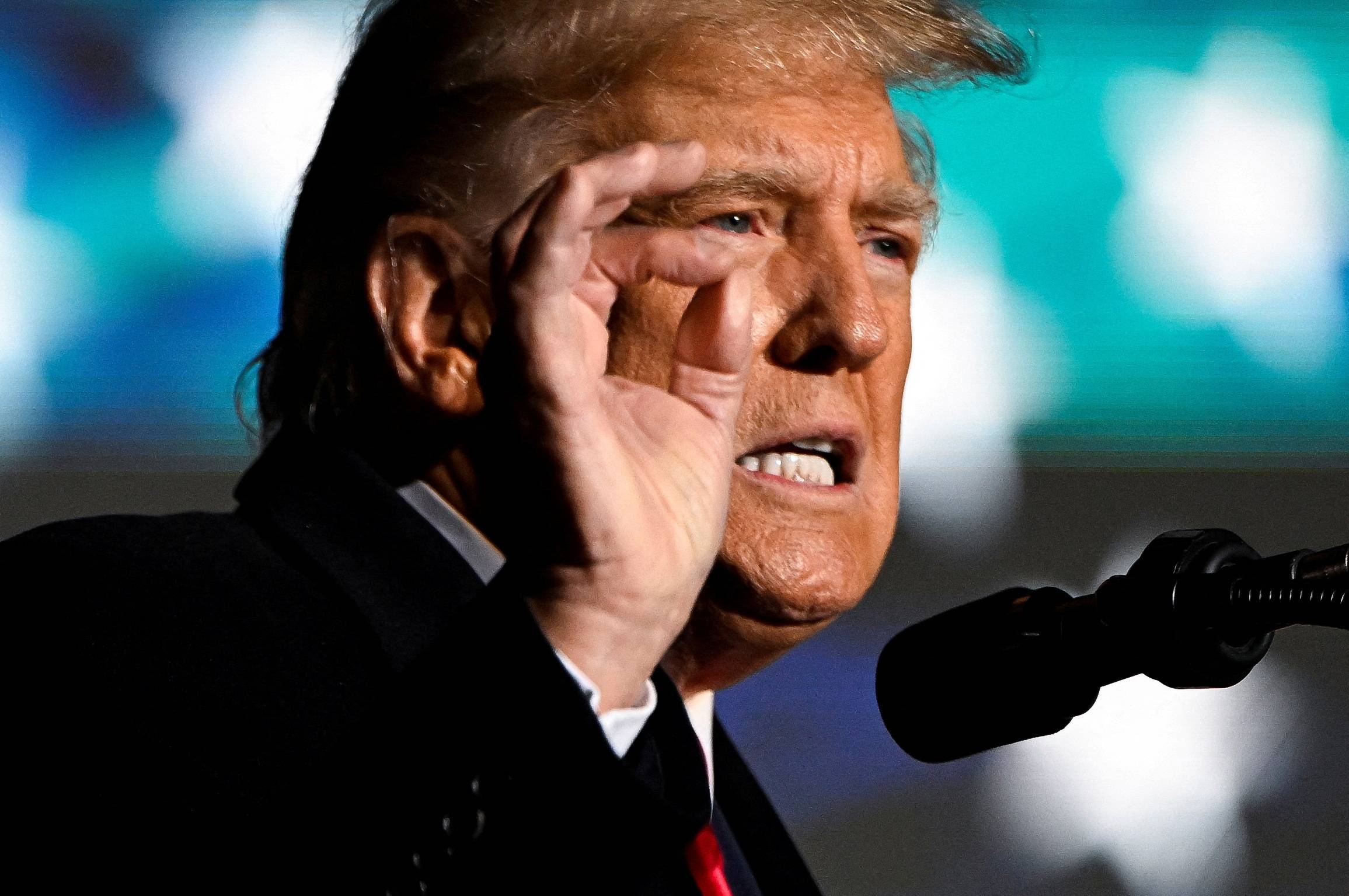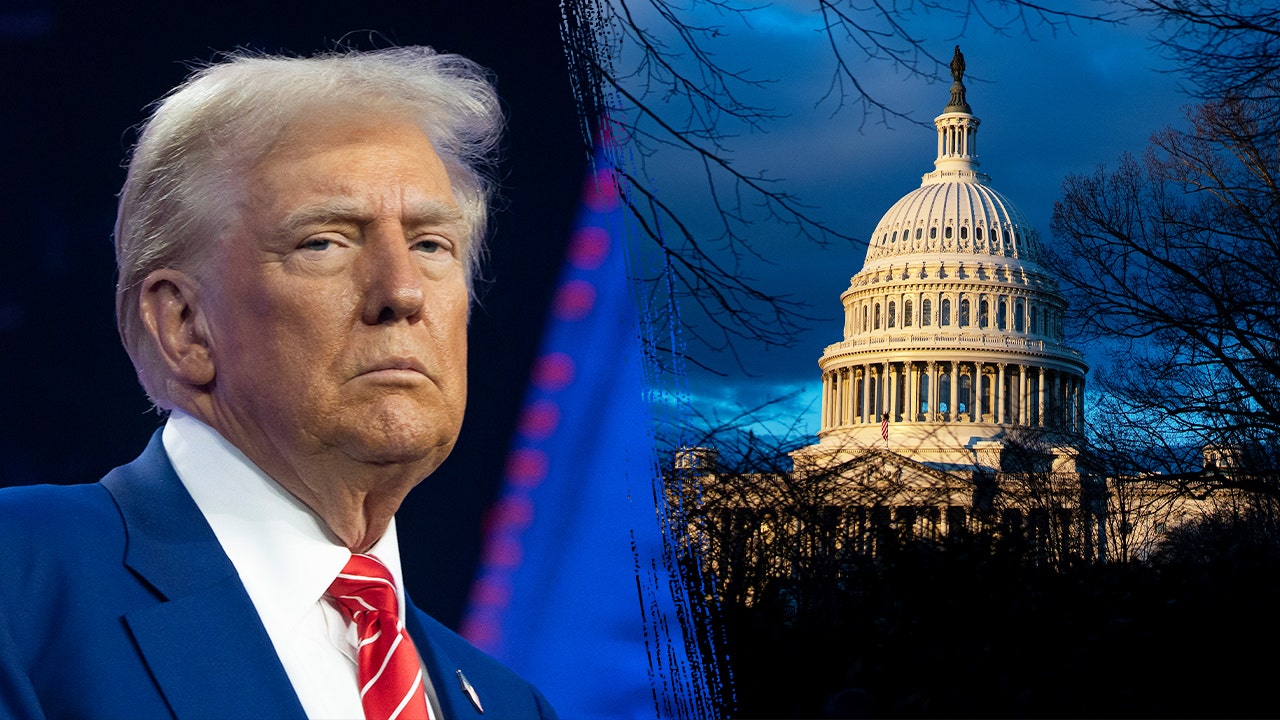
Democrats have reached their lowest favorability rating on record this month according to a new survey, even as voters still show a preference for Democratic candidates over Republican ones in hypothetical matchups for the 2026 congressional elections.
The data reflects a complicated political environment where dissatisfaction with both major parties remains high but partisan loyalty and demographic advantages continue to favor Democrats.
The latest Fox News survey, released Friday, shows that 41 percent of voters view the Democratic Party favorably, while 56 percent view it unfavorably.
This gives the Democrats a net favorability rating of minus 15, the worst they have recorded in the history of the poll. Republicans fare slightly better, with 44 percent viewing them favorably and 54 percent unfavorably, for a net rating of minus 10.
The numbers mark a significant shift from the last time Fox News asked the same questions. Last summer, the Democratic Party was viewed more favorably, with a net negative of just 6 points, while Republicans were underwater by 14 points.
In that earlier poll, the Democrats maintained a clear image advantage. Now, Republicans have managed to narrow the gap and surpass Democrats in favorability for the first time in more than a decade.
The last instance when Republicans were viewed more favorably than Democrats occurred in April 2014, when 45 percent of voters viewed the GOP positively compared to 44 percent who viewed the Democratic Party positively.
The erosion in Democratic favorability comes largely from within the party itself. Last summer, 87 percent of self-identified Democrats had a favorable view of their party. That figure has since dropped by 10 points to 77 percent.

Meanwhile, Republicans have seen a modest improvement in party loyalty, with 85 percent of self-identified Republicans viewing their party favorably compared to 83 percent in 2024.
Chris Anderson, a Democrat who conducts the Fox News surveys with Republican pollster Daron Shaw, explained the findings by saying, "The higher favorable rating for the Republican Party is entirely due to Democrats feeling less favorable toward their party than Republicans do toward theirs. This in and of itself is unlikely to translate into midterm success for the GOP, as Democrats say they will almost universally vote for their party and Independents favor the Democrats as well."
Indeed, when voters were asked which party’s candidate they would support in their district if the 2026 midterms were held today, Democrats led Republicans by seven points. Forty-nine percent said they would vote for the Democrat, while 42 percent said they would back the Republican.
This margin is similar to the one Democrats held in April 2017 during President Donald Trump’s first term, when they led Republicans 47 percent to 42 percent.
The Democratic advantage is largely built upon strong support among key demographic groups and continued strength among independent voters. Among independents, Democrats hold a significant edge, with 40 percent saying they would vote Democratic compared to just 18 percent backing Republicans.
Black voters continue to show strong loyalty to the Democratic Party, with 68 percent saying they would vote Democratic. Voters under the age of 30 also favor Democrats, with 60 percent saying they would choose a Democratic candidate, and women with college degrees similarly lean Democratic at 59 percent.
Independents remain broadly negative about both parties, but they view Republicans even more unfavorably than Democrats. Seventy-two percent of independents view the GOP unfavorably, compared to 66 percent who view Democrats unfavorably.
Despite the Democrats' advantage, a 41 percent plurality of independents say they are unsure how they would vote in 2026, suggesting that both parties still have significant work to do to lock in their support.
Republicans maintain strong support among certain demographic groups. White evangelical Christians favor the GOP by a wide margin, with 66 percent saying they would vote Republican. White men without college degrees also lean toward Republicans at 54 percent, as do rural voters at 50 percent.

Another challenge facing Republicans is party loyalty. Fewer Republicans are committed to voting for their party’s candidates compared to Democrats.
Ninety-two percent of Republicans say they would support the GOP candidate in their district, compared to 97 percent of Democrats who say they will back their party's candidate.
Support among 2024 Trump voters has also softened somewhat, with 86 percent saying they would vote Republican in 2026, compared to 91 percent of 2024 Harris supporters who say they would back a Democrat.
Shaw commented on these trends, saying, "The congressional ballot results aren’t surprising, as the out-party typically does well in the administration’s first midterms. Republicans did well in 2010 and 2022, while Democrats did well in 2018, and polls showed this was mostly because their partisans were more fired up.
The key for the Republicans is either keeping some of the Democrats and independents that crossed over in 2024 for Trump or ginning up their base for an election where Trump isn’t on the ballot."
Another interesting dynamic highlighted by the survey is voter satisfaction with their 2024 presidential vote choices. Overall, 85 percent of voters say they are satisfied with their decision, though there has been a notable decline in satisfaction among Trump voters.
Eighty-nine percent of Trump supporters say they are satisfied with their vote, down from 92 percent in 2021 and 97 percent in 2017. Harris supporters report slightly higher satisfaction at 90 percent.
Young voters continue to be a crucial group to watch. Their participation has fluctuated in recent election cycles, but they have played an increasingly important role in close races.

The survey finds that Republicans are underperforming among voters under 30 compared to Trump's 2024 performance. In the 2024 election, 47 percent of young voters backed Trump according to the Fox News Voter Analysis, but only 33 percent say they would back a Republican congressional candidate today.
Young voters also now view the Democratic Party more favorably than they did last year. Fifty percent view the Democrats favorably, compared to 48 percent unfavorably.
This is a notable shift from July 2024, when young voters viewed the Democratic Party negatively by a six-point margin. By contrast, the Republican Party continues to be deeply unpopular with young voters, who rate the GOP 20 points underwater, with just 38 percent viewing the party favorably and 58 percent viewing it unfavorably.
Shaw noted, "The bad news for the Republicans is the age gap is back in these data. The good news is this is the most volatile group in the electorate: they tend not to show up for midterm elections and, when they do, they are particularly responsive to short-term forces."
Still, the Democratic Party’s low favorability rating could become a problem if internal dissatisfaction continues to grow. Enthusiasm among Democratic voters has dipped, and historical patterns suggest that low enthusiasm can lead to lower turnout, particularly in midterm elections where voter participation is typically lower across the board.
The 2026 midterms are shaping up to be a battle not just between Democrats and Republicans, but between voter disillusionment and party loyalty. Both parties face significant challenges.
Democrats must find a way to rebuild favorability and enthusiasm among their base, while Republicans must improve their standing with independents and young voters if they hope to regain control of Congress.
Given the current political climate, it is clear that while Democrats maintain an advantage, that advantage is tenuous. The electorate remains volatile, and small shifts over the next year could have major implications for the outcome of the midterms.

As both parties look ahead, they will need to navigate a landscape defined by deep polarization, widespread cynicism, and a restless electorate eager for leadership that feels both responsive and responsible.



